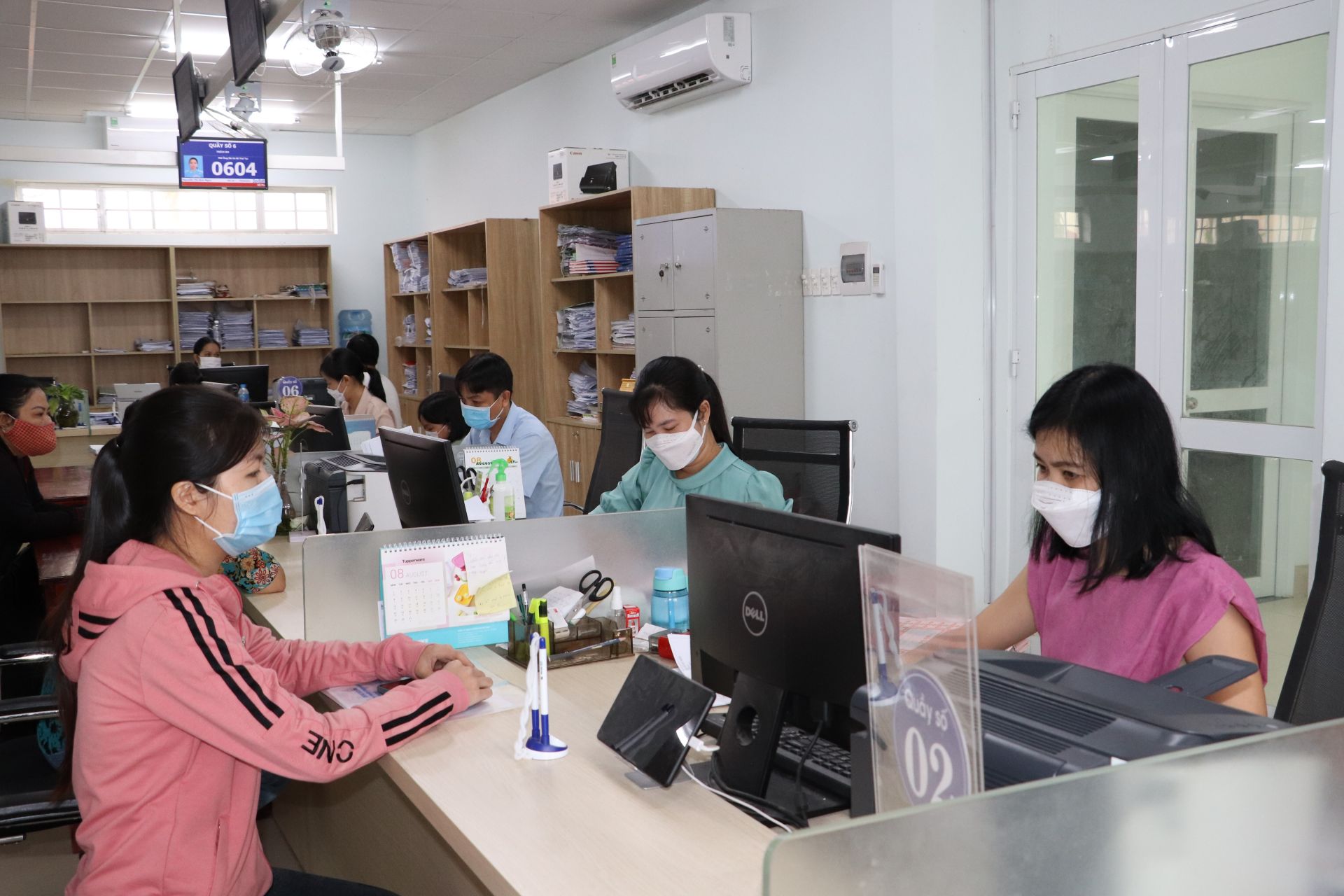Criteria for National Assessment of Money Laundering Risks in Vietnam
What are the criteria for National Assessment of Money Laundering Risks in Vietnam? - Van Khai (Da Nang)
National Assessment of Money Laundering Risks in Vietnam
Pursuant to Article 7 of the Anti-Money Laundering Law 2022, every 5 years, the State Bank of Vietnam shall lead and/or cooperate with Ministries and central authorities concerned in conducting the national assessment of money laundering and seeking the Government’s approval of assessment results and post-assessment action plans. The national assessment of money laundering shall cover all activities newly classified as sources of money laundering risk.
Ministries and central authorities shall assume the following responsibilities:
- Widely disseminate the results of the national assessment of money laundering risks within their internal setting, and to the reporting entities placed under their jurisdiction, and also take measures to minimize the identified risks;
- Provide the State Bank of Vietnam with update on money laundering risks based on execution of post-assessment action plans, or whenever any risk arises within their remit. On the basis of the risk update results informed by these Ministries or central authorities, the State Bank of Vietnam shall integrate them into reports submitted to the Government to seek its approval of national money-laundering risk updates and action plans in response to these updated risks.

Criteria for National Assessment of Money Laundering Risks in Vietnam (Internet image)
Principles for National Assessment of Money Laundering Risks in Vietnam
The assessment of national risks of money laundering must be carried out according to the principles specified in Article 3 of Decree 19/2023/ND-CP, specifically as follows:
- National assessment of money laundering risks must be carried out by competent state agencies according to the criteria and methods prescribed by law, and in conformity with international standards and practical conditions of Vietnam.
- National assessment of money laundering risks is required to identify the level of money laundering risk to the nation.
- National assessment of money laundering risks serves as a basis for developing a post-assessment action plan and updating corresponding anti-money laundering policies and strategies over periods of time.
- Information, documents and data serving the needs of national assessment of money laundering risks shall be collected from databases of competent authorities, reporting entities, domestic and foreign research papers according to the principles of public disclosure, transparency, and assurance of compliance with regulations on protection of state secrets.
Criteria for National Assessment of Money Laundering Risks in Vietnam
Pursuant to Article 4 of Decree 19/2023/ND-CP, regulating criteria for National Assessment of Money Laundering Risks as follows:
(1) A set of criteria for national assessment of money laundering risks are classified into the following subsets: money laundering risk; appropriateness of anti-money laundering policies and measures; and consequences of money laundering for the country, and sectors or industries.
(2) The subset of money laundering risk criteria includes the following components: money laundering risk from sources of money laundering crime, and money laundering risk to sectors or industries, which are specifically described as follows:
- The component of money laundering risk from sources of money laundering crime is subdivided into money laundering risks specific to sources of domestic and transnational crime that are assessed;
- The component of money laundering risk to sectors and industries is subdivided into money laundering risks specific to domestic and transnational sectors or industries that are assessed.
(3) The subset of criteria of appropriateness of anti-money laundering policies and measures includes the following components: the comprehensiveness of legal framework and the effectiveness of law enforcement, which are specifically described as follows:
- The component of the comprehensiveness of legal framework is subdivided into the adequacy of anti-money laundering laws of the country and specific sectors or industries;
- The component of the effectiveness of law enforcement is subdivided into the effectiveness of enforcement of laws of the country; of sectors or industries; and the appropriateness of anti-money laundering policies and measures associated with a number of key products and services of these sectors or industries.
(4) The subset of consequences of money laundering, including:
- Adverse impacts of money laundering on the economy;
- Adverse impacts of money laundering on the financial system;
- Adverse impacts of money laundering on sectors and industries;
- Adverse impacts of money laundering on the society.
Mai Thanh Loi
- Cases of land rent exemption and reduction under the latest regulations in Vietnam
- Economic infrastructure and social infrastructure system in Thu Duc City, Ho Chi Minh City
- Regulations on ordination with foreign elements in religious organizations in Vietnam
- Increase land compensation prices in Vietnam from January 1, 2026
- Determination of land compensation levels for damage during land requisition process in Vietnam
- Who is permitted to purchase social housing according to latest regulations in Vietnam?
-

- Emergency response and search and rescue organizations ...
- 10:29, 11/09/2024
-

- Handling of the acceptance results of ministerial ...
- 09:30, 11/09/2024
-

- Guidance on unexploded ordnance investigation ...
- 18:30, 09/09/2024
-

- Sources of the National database on construction ...
- 16:37, 09/09/2024
-

- General regulations on the implementation of administrative ...
- 11:30, 09/09/2024
-

- Notable new policies of Vietnam effective as of ...
- 16:26, 11/04/2025
-
.Medium.png)
- Notable documents of Vietnam in the previous week ...
- 16:21, 11/04/2025
-
.Medium.png)
- Notable documents of Vietnam in the previous week ...
- 16:11, 02/04/2025
-
.Medium.png)
- Notable new policies of Vietnam to be effective ...
- 16:04, 02/04/2025
-
.Medium.png)
- Notable new policies of Vietnam effective from ...
- 14:51, 21/03/2025
 Article table of contents
Article table of contents
